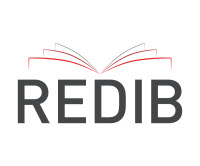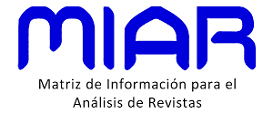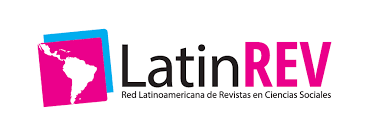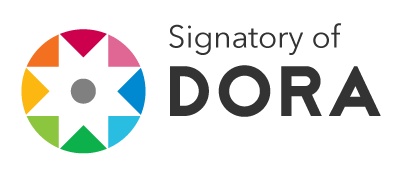Estadísticas en bibliotecas de Uruguay
un estudio exploratorio y descriptivo
Resumen
Estudio descriptivo y exploratorio sobre el registro y uso de estadísticas en bibliotecas de Uruguay cuyo objetivo es el estudio diagnóstico de la realidad en cuanto al uso o no de estadísticas y la identificación de características de las bibliotecas que realizan y utilizan estadísticas.
En Uruguay no hay información publicada sobre el tema. A través de esta investigación se plantea responder a las preguntas ¿cuántas bibliotecas y de qué tipo son las que llevan estadísticas? ¿definen indicadores? El marco teórico de referencia lo constituyen el Manifiesto por las estadísticas de la IFLA (2010) y la ISO 2789:2013 Information and Documentation, International Library Statistics.
La metodología aplicada consiste en una encuesta con 28 preguntas, aplicada a una muestra de 142 bibliotecas, de las que se obtuvieron 65 respuestas. Se define como unidad de análisis aquellas bibliotecas que cuenten al menos con un bibliotecólogo.
Se observa que el 89% de las bibliotecas realizan y utilizan estadísticas en su gestión, de éstas, el 100% las utilizan para elaborar Informes y el 66% para la Toma de decisiones. Las bibliotecas que más realizan estadísticas son las especializadas y las universitarias. El 89% de las bibliotecas estudiadas no define indicadores. Respecto a las características según tipo de personal en el total de empleados, se observa que el 60% es profesional.
Descargas
Citas
Cea D’Ancona, M. (2009). Metodología cuantitativa: estrategias y técnicas de investigación social. Madrid: Síntesis.
Fuentes Romero, J. J. (1999). Evaluación de bibliotecas y centros de documentación e información. Gijón: Ediciones Trea.
Fushimi, M. (2003). Autoevaluación de bibliotecas universitarias. Modelo de medición y diagnóstico a partir de datos estadísticos. La Plata, UNLP.
Fushimi, M, Genovés, P. (2011). La autoevaluación como práctica cotidiana en las bibliotecas de la Universidad de La Plata: resultados obtenidos en cinco años de trabajo. Segundo Taller de Indicadores de Evaluación de Bibliotecas, 27 -28 de junio de 2011.
Hernández Sampieri, R. (coord.); Fernández Collado, C.; Baptista Lucio, P. (2014). Metodología de la investigación (6a. ed.) México: Mc Graw Hill.
ifla. (2010). Manifiesto por las estadísticas bibliotecarias https://www.ifla.org/files/assets/statistics-and-evaluation/publications/library-statistics-manifesto-es.pdf
iso (2013). ISO 2789. Information and documentation. International library statistics. London, iso.
Mano González, M. de la (coord.); Albelda Esteban, B.; Pérez Morillo, M.; Romero Garuz, S. (2014). Nuevos instrumentos para la evaluación de bibliotecas: la normativa internacional iso. Génova: AENOR.
Marín Fernández, J. (2008). Estadística aplicada a las Ciencias de la documentación. Murcia: DM.
Moya Anegón, F. de; López Gijón, J.; García Caro, C. (1999). Técnicas cuantitativas aplicadas a la biblioteconomía y documentación. Madrid: Síntesis
Thompson, J. y Carr, R. (1990). La biblioteca universitaria. Madrid: Fundación Germán Sánchez Ruiperez.
Derechos de autor 2020 Alicia Camarot, Gabriela Quesada, Leticia Zuppardi

Esta obra está bajo licencia internacional Creative Commons Reconocimiento 4.0.







.jpg)




















